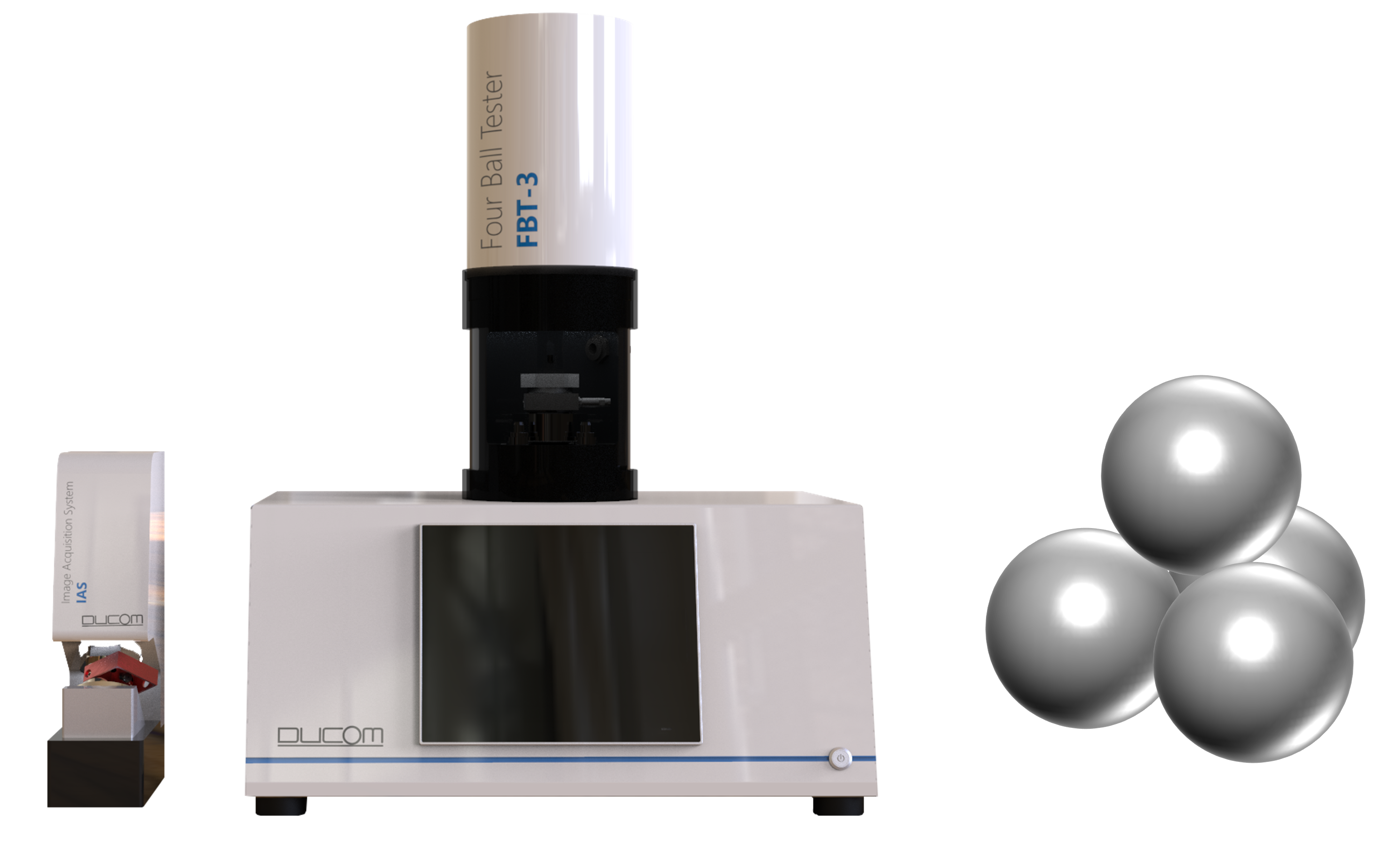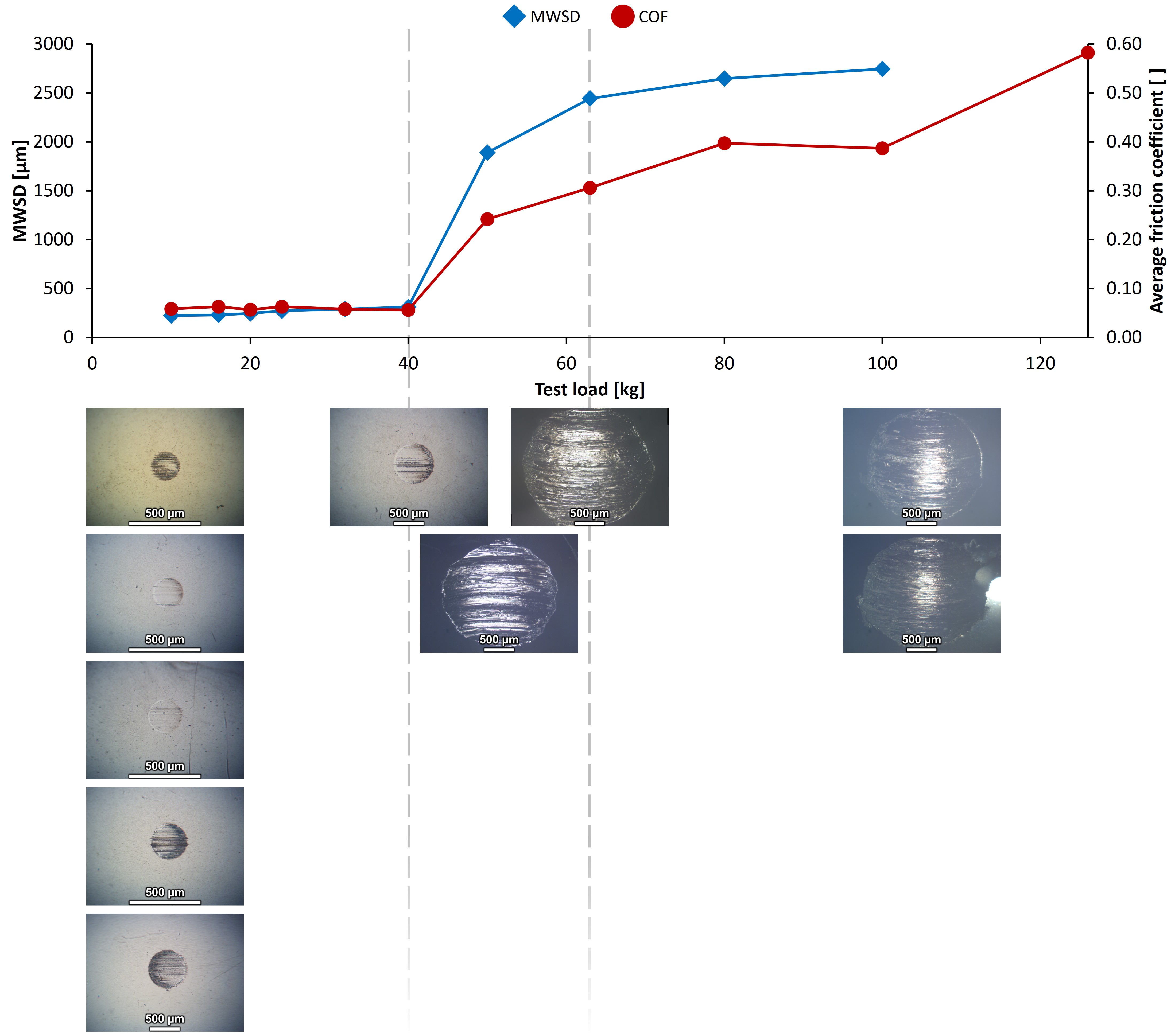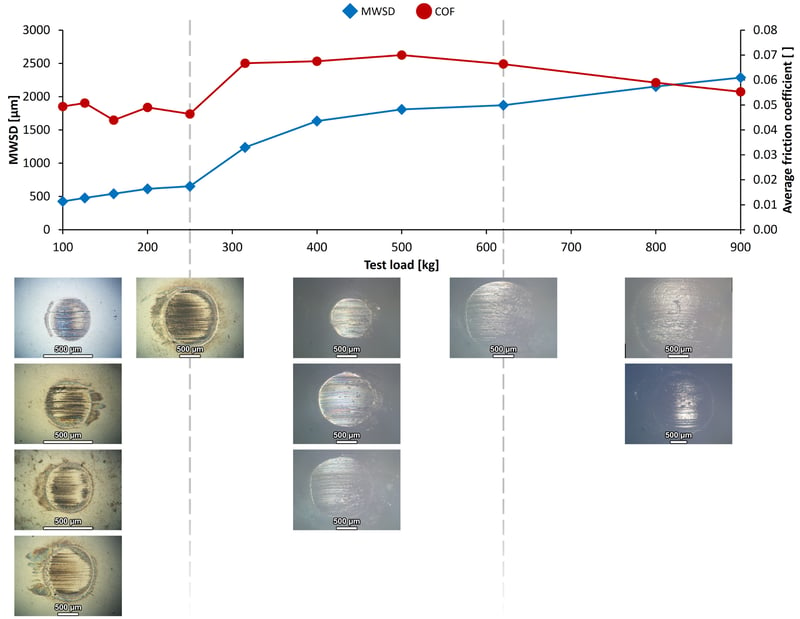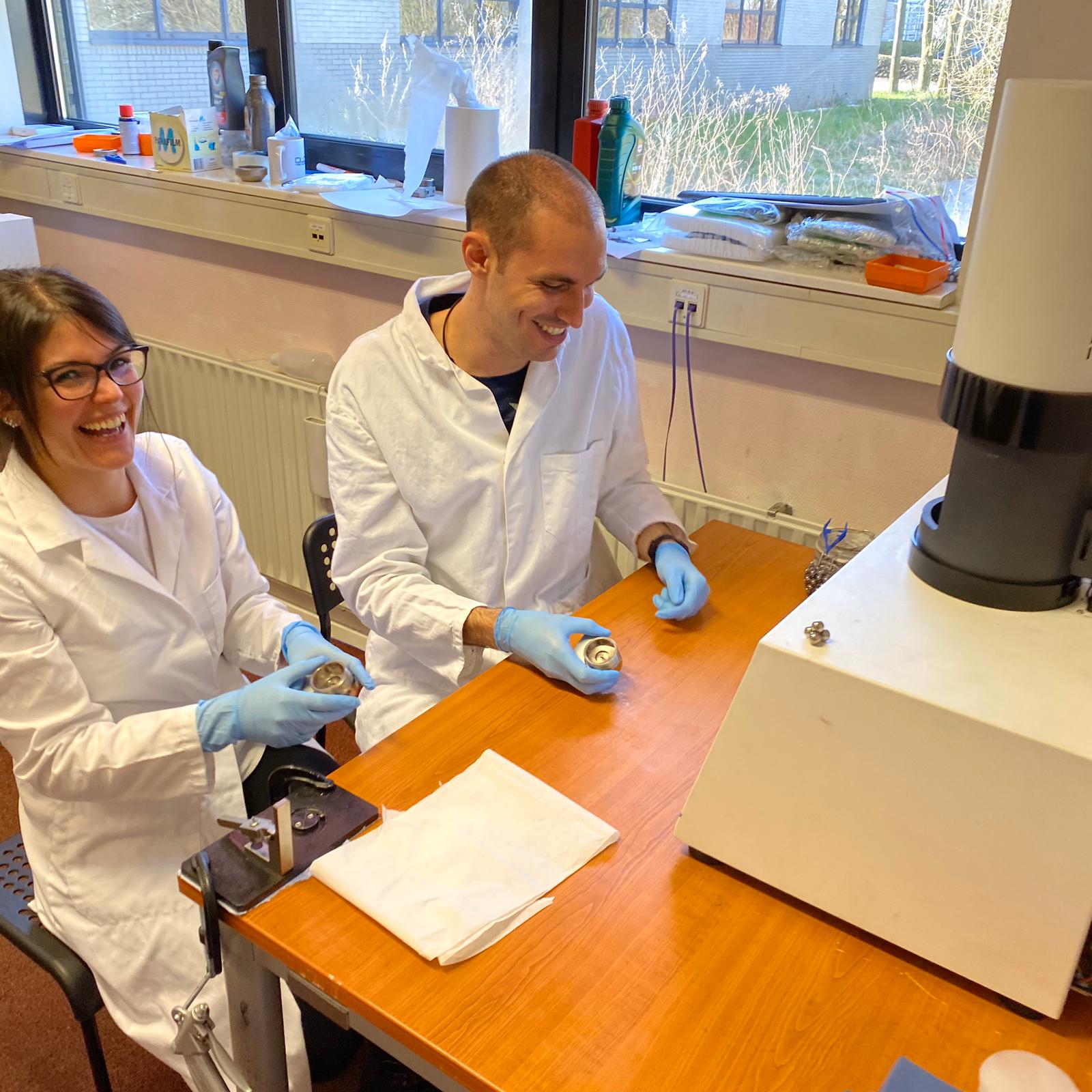
Additives in a lubricant can resist changes in oil viscosity and oxidation, reduce wear and friction, thereby improve the service life of every lubricated system. Synergy between the additive and oil molecules is critical to their role as a lubricant. Synergistic effect should selectively enable activation and adsorption of additives depending on the demands in a lubricated system, for example the adsorption of antifriction additives is triggered by systems demand to stabilize friction, antiwear additives to reduce wear and activation of extreme pressure (EP) additives to resist seizure. Another critical requirement from this synergy is that it can prevent depletion of additives for longevity of lubricants. Achieving this synergy in a fully formulated lubricant is an art. And it is a function of “polarity” that is controlled by the molecular structure, molecular weight, functional group, dielectric constant and surface energy. Although molecular models are used to study the competition between molecular species contributing to protective layers via their chemical and physical adsorption on the surface, these models are too weak in predictions when mechanical shearing is involved (or mechanochemistry). To overcome this limitation in molecular modelling we rely upon the supplementary experimental observations through laboratory scale tests in a tribometer.

Ducom Four Ball Tester (FBT-3) is a bench top tribometer powered by automation and precision measurement system for lubricant characterization. FBT-3 enables data reproducibility that delivers productivity and efficiency in scientific research.
Four ball Tester (FBT-3, contact between a top ball and three bottom balls) is a bench top tribometer that is widely used in a tribology lab to investigate the synergy and competition between molecular species in a lubricant. In this study we have used FBT-3 to test three different lubricants with mineral base oil. Lubricant type A is a mineral base oil without additives, type B has Zinc dialkyldithiophosphates- ZDDP additive (5% to 10%) in mineral base oil, and type C has polysulfide additive (10% to 25%) in mineral base oil. ZDDP is used as an antioxidant, corrosion inhibitor and anti-wear additive in motor and hydraulic oils (also in grease). Polysulfide is used as an extreme pressure additive in metal working fluids for cutting, stamping, extrusion, etc.
ASTM D2783 test method was chosen from the list of test methods in FBT-3. And the operating parameters like load, speed, test duration and temperature were auto set as per D2783 requirements. Each test last for 10 sec. During these 10 secs the FBT-3 software displayed and stored the real time changes in load, speed, temperature, and friction. After each test, the wear scar diameter on the bottom three balls is measured in its nature state using an image acquisition system. Later, the mean wear scar diameter (MWSD) is calculated. The D2783 graph with the MWSD vs. load (Kg) plot is used to determine the incipient seizure load, load wear index and weld load. Incipient seizure load region represents the load range that trigger the breakdown of protective layers formed due to chemical reaction during mechanical shearing and weld load represents the load at which the surface layer failed to protect the system at extreme pressure. Load wear index determines ability of surface protective layer to minimize wear due to applied loads. Load wear index is the average of corrected load i.e. (Hertzian diameter/MWSD) x Applied Load.

Figure 1. FBT-3 results for base oil (without additive) according to ASTM D2783 test method. The mean ball wear scar diameter (MWSD, micrometer) and friction coefficient (CoF) are plotted against the test load (Kg). For each test load there is a MWSD value, wear image and friction coefficient.
Figure 1 shows the changes in ball wear topography, MWSD and friction coefficient over an increase in applied loads for a mineral base oil. Incipient seizure region (load range of 40 kg to 63 Kg) is represented by sudden increase in MWSD and friction coefficient. The load region above 63 Kg is designated as immediate seizure, and at applied load of 126 Kg the lubricant failed due to extreme pressure, as determined by welded balls. The maximum Hertzian contact pressure and shear stress during the test was 2.5 GPa and 350 MPa, respectively. The load wear index for mineral base oil was 25 Kg. In the case of base oil formulated with ZDDP additive (see Figure 2), the incipient seizure was delayed (load range of 100 Kg to 163 Kg) and the lubricant failed at 400 Kg. The load wear index was 80 Kg (3.5 times the base oil). The maximum Hertzian stress and shear stress was 2.75 GPa and 600 MPa, respectively. For polysulfide as an additive in the base oil (see Figure 3), the incipient seizure was further delayed (load range of 250 Kg to 400 Kg) and the lubricant did not fail even at extreme load of 900 Kg. The maximum Hertzian stress and shear stress was 4 GPa and 400 MPa, respectively. The load wear index was 202 Kg (2.5 times the base oil with ZDDP).

Figure 2. FBT-3 results for ZDDP in base oil according to ASTM D2783 test method. The mean ball wear scar diameter (MWSD, micrometer) and friction coefficient (CoF) are plotted against the test load (Kg). For each test load there is a MWSD value, wear image and friction coefficient.
In this FBT-3 study the protective layers formed by the additives had improved the wear resistance and load carrying capacity of base oil. In polysulfide, the activation of sulfur at extreme pressure has chemically reacted with the steel surface to form iron sulfide that can protect the contacts from immediate seizure and welding. In ZDDP, the phosphate-based films (Ex. zinc phosphate and iron phosphate) are formed due to chemical reaction of ZDDP at high pressure. However, these phosphate films fail to resist seizure at extreme pressure. Zinc cations enable higher rate of film formation with respect to rate of wear. Therefore, ZDDP is more suitable as an anti-wear additive. Note: As shown in this FBT-3 friction study, the friction coefficient of ZDDP is higher than polysulfide, it is due to rough and patchy phosphate films as shown by other tribological studies on ZDDP using MTM, AFM and Ball on Disk.

Figure 3. FBT-3 results for polysulfide in base oil according to ASTM D2783 test method. The mean ball wear scar diameter (MWSD, micrometer) and friction coefficient (CoF) are plotted against the test load (Kg). For each test load there is a MWSD value, wear image and friction coefficient.
It takes 600 sec to study the performance of protective layers formed due to chemical and physical adsorption during mechanical shearing at extreme pressure. FBT-3 is a quick and economical test method to supplement the theoretical molecular models used to predict synergy and competition between molecular species in a lubricant.
Contact us for more information. Our experts are just a click away.

These Stories on Ball Wear
USA: +1 (847) 737-1590
India: +91 (80) 4080-5555
Netherlands: +31 (85) 065 74 10